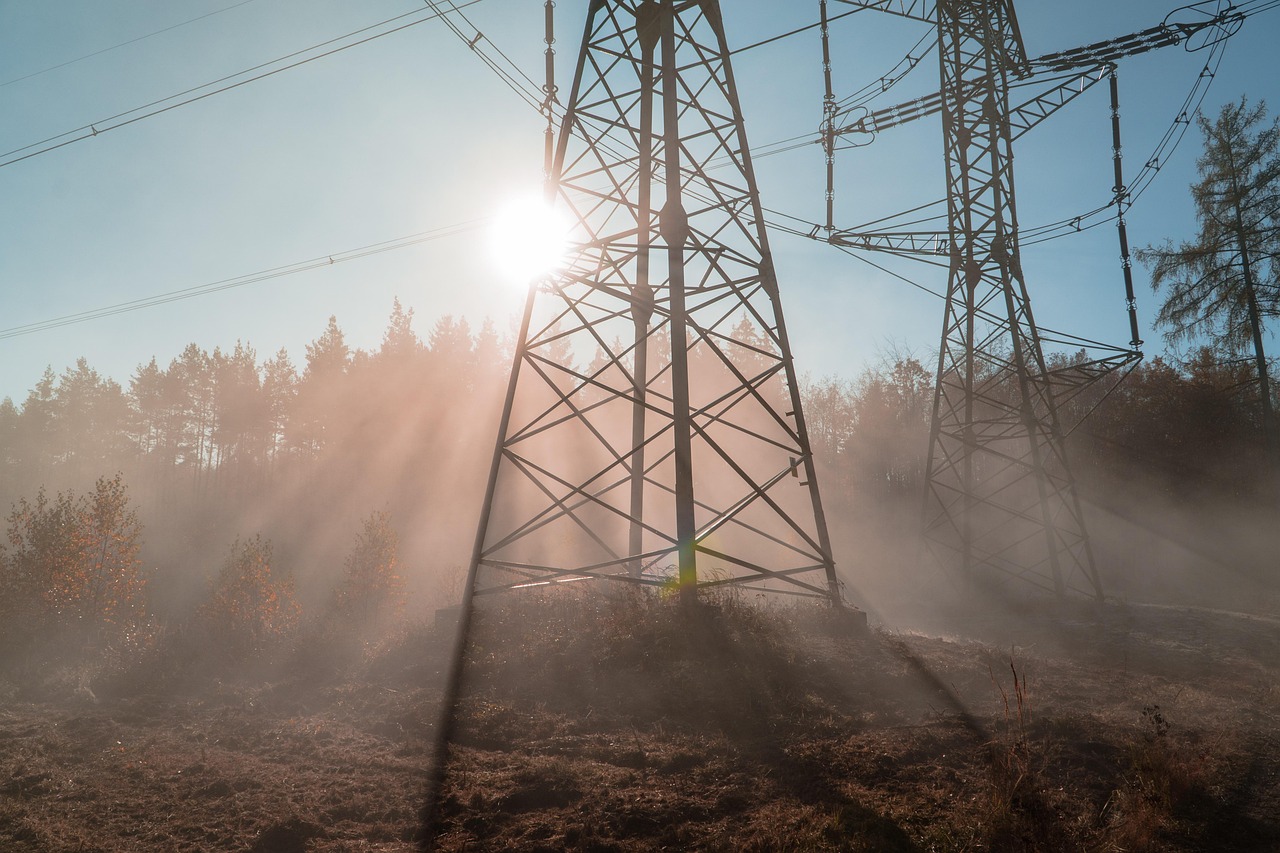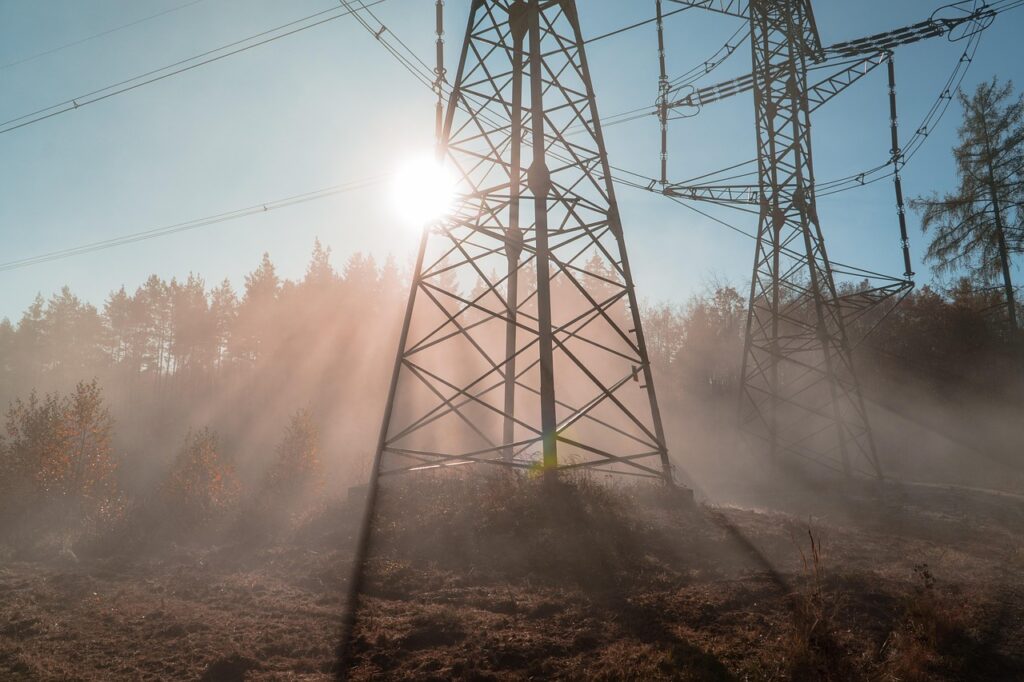
The Cost of Service Standard
By Branko Terzic
The standard for setting rates for public utilities has been “cost of service” also called “rate of return”. This standard, first introduced in the late 1800s, establishes rates for monopoly public utility services based on the “cost” of providing the service. The major cost categories include operating and maintenance costs, depreciation expense, all taxes and a return on the approved investment (called “rate base”). There have been exceptions as in the case of “value” based rates for telephone services. But I digress.
A while back I was asked by an international client whether there was any other basis in use for setting utility rates. The answer was that there were no other methods which would have the desired effect to recovering costs in utility rates from consumers using the service.
If the rates charged do not recover the cost of providing the service options include government funding of the deficiency from tax or other revenues.
There remain issues of defining “costs” and while today in the U.S. the use of the “original cost” of assets depreciated is the main component of rate base, earlier regulatory practice, approved by the U.S. Supreme Court, used a “fair value” estimate for assets in the “rate base”. That method is still permitted by law although rarely used.
The “fair value” rate base option has been useful in post-communist economies the past twenty years, where the accounting records were insufficient to determine the “original cost.” In one instance of reviewing power plant cost in Central Europe I found no record of payment for either steel or concrete. Both construction materials were purchased with barter against future electricity delivery.
The idea of using a “benchmark” of rates used by other jurisdictions has been considered but includes numerous problems. The first is that most electricity systems are unique in terms age, vintage and design of the system. Few geographies are identical and the customer mix of residential, commercial and industrial can vary significantly from geography to geography. Finally, the rates used for the “benchmark” are themselves a result of numerous policy decisions by the foreign regulator. Using such benchmarks transfers regulation that foreign regulator.
In this regard, in the early 2000s while visiting with the management of a state-owned electric utility in Eastern Europe; I noticed a row of three ring binders on a shelf each designated by previous years 1999, 1998, 1997 etc. Responding to my curiosity one manager replied, “Those are our annual rate studies!” As I had previously been informed that the utility had never prepared a “cost of service” study, I asked what was being studied.
The answer went something like this:
“Each year we gather information about the annual electric bills for residential customers in EU countries and about the median incomes. Once we determine what percentage of income goes to the electric bill, we apply that average percentage to incomes in our country and determine the electric rates based on that.”
The shortfall when applying rates calculated in this method and there always was a shortfall due to low incomes under communism, came out of the government’s budget. The standard in that country now is cost-of-service.
James Bonbright observes in Principles of Public Utility Rates that cost of service is equally applicable in the case of investor-owned utilities as it is for government owned systems.
The Honorable Branko Terzic is a former Commissioner on the U.S. Federal Energy Regulatory Commission and State of Wisconsin Public Service Commission, in addition he served as Chairman of the United Nations Economic Commission for Europe ( UNECE) Ad Hoc Group of Experts on Cleaner Electricity. He holds a BS Engineering and honorary Doctor of Sciences in Engineering (h.c.) both from the University of Wisconsin- Milwaukee.
#BrankoTerzic #energy #regulations #management #people #electricity #power #utilities #future #renewables #RenewableEnergy #FERCgov #ferc #pipeline #federalenergyregulatorycommission #Government #LNGterminals #naturalgaspipelines #hydropower #economy #experience #research #future #opportunity #strategy #energysector #oilandgas #powergeneration #energyindustry #oilandgasindustry #sustainability

